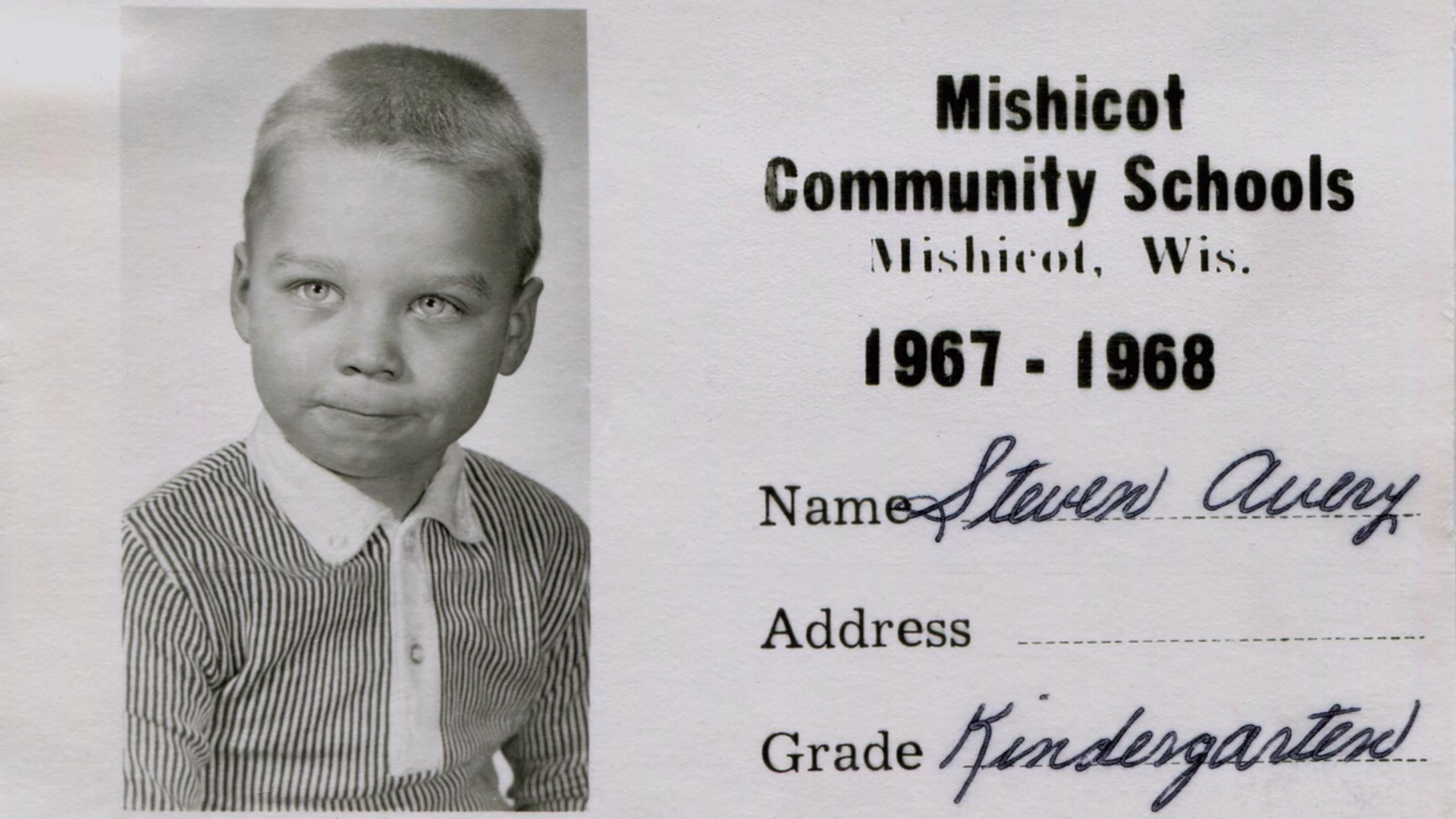Making A Murderer is certainly not the first or only true-crime series — but it is the most culturally significant.
In December, Netflix released the decade-in-the-making 10-episode documentary series chronicling the suspicious murder trial and conviction of Steven Avery in Wisconsin in 2007. Quickly, Making A Murderer became the centerpiece of conversation over the holiday season. In the time since its release, the series has repeatedly made headlines, spawned thinkpieces and even prompted further investigation into the case.
Making A Murderer is the latest in a recent string of true crime-centric entertainment. In 2014, NPR radio host Sarah Koenig’s Serial podcast exploring the case against Adnan Syed consumed millions. Last spring, HBO’s The Jinx profiled suspected serial killer Robert Durst and managed to get a confession out of him in its finale. Tomorrow, FX premieres The People v. O.J. Simpson: American Crime Story, a scripted series that takes another look at the O.J. Simpson trial. Nevertheless, Making A Murderer stands apart from its crime documentary counterparts. In this case, it isn’t solely the story that’s so novel — it’s also the storytelling.
Unlike many of its predecessors, Making A Murderer episodes weren’t released on a weekly basis, but instead all at once. The mystery surrounding Avery’s involvement in the death of 25-year-old photographer Teresa Halbach lends itself to obsessive viewing, but the audience’s ability to binge the series makes it all the more immersive.
And despite creators Moira Demos and Laura Ricciardi investing extensive time and effort into the project, they are essentially absent from the documentary altogether. As a result, Making A Murderer ends up feeling more like narrative nonfiction come to the screen, more in the vein of Truman Capote’s In Cold Blood than the true-crime television that came before it.
While Making A Murderer doesn’t end conclusively regarding Avery’s guilt or ultimate fate, it is nevertheless satisfying. Unlike Serial, which spun a number of tangled webs before ending abruptly without any semblance of closure, Making A Murderer leaves its audience carefully contemplating Avery’s supposed innocence. And unlike The Jinx, which ended with a shocking confession from Durst, the Making A Murderer case continues on long after the series ends — both within the criminal justice system and broader conversation.
Of course, when considering the series’ success, it’s impossible to overlook its release date. In mid-December, most network shows were on a winter hiatus while many people headed home for the holidays. It’s not surprising Making A Murderer brought in a mass audience, given the television wasteland during which it premiered. Still, it’s undeniable that the show has brought a breath of fresh air to the true-crime genre’s formulaic format.



